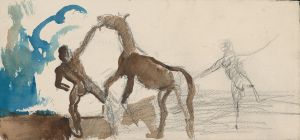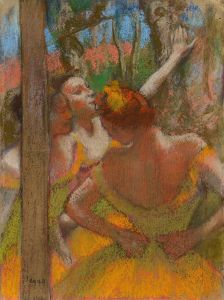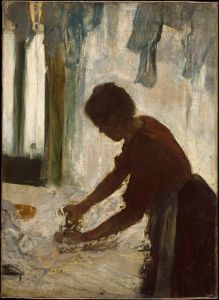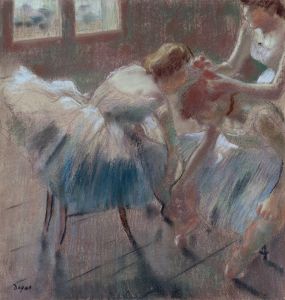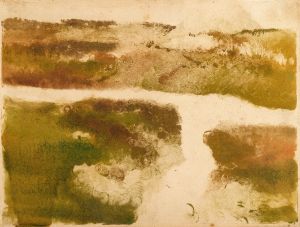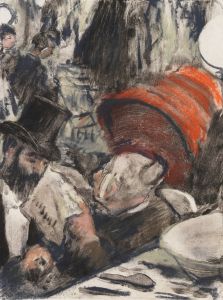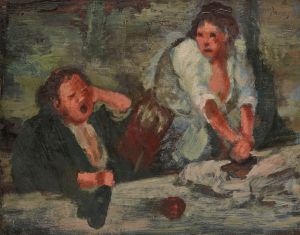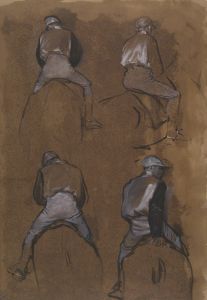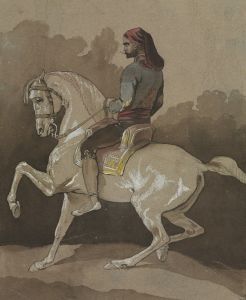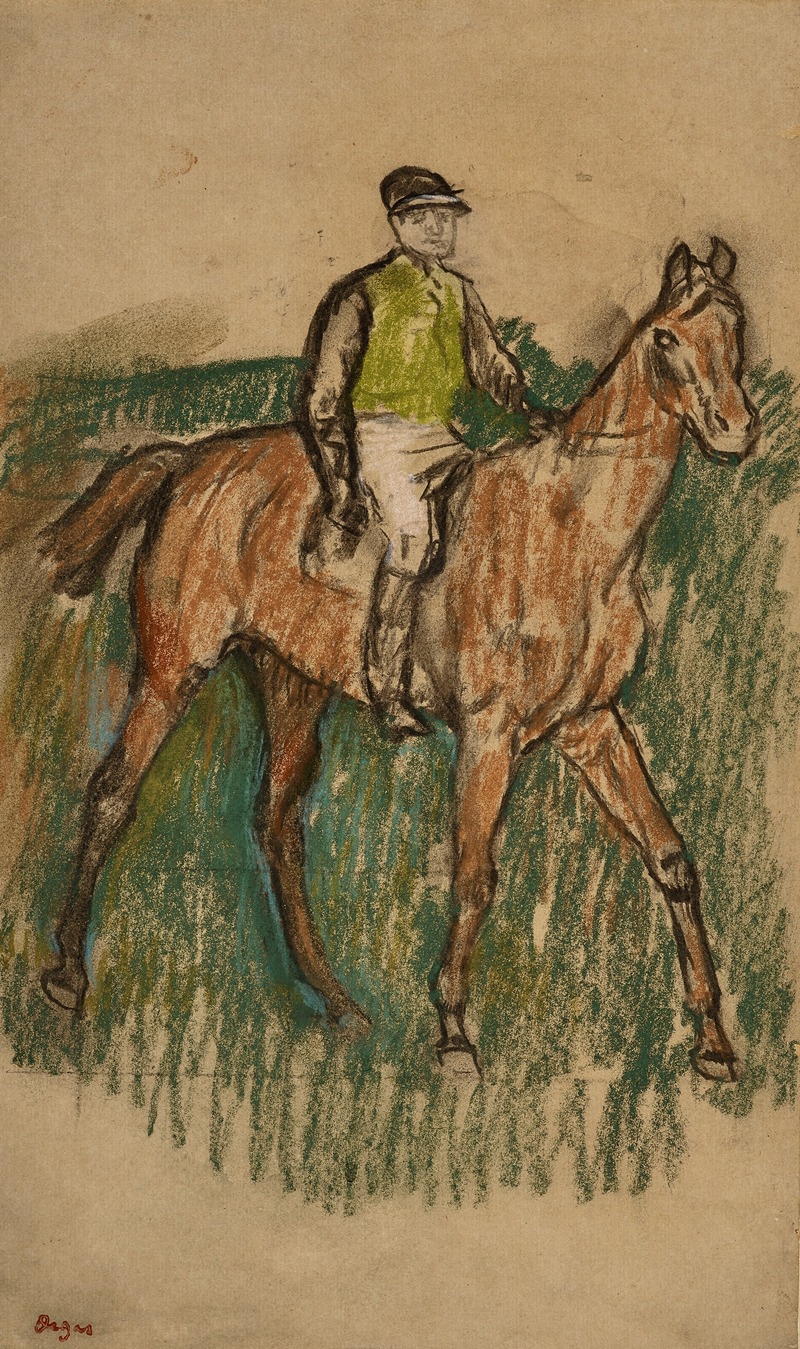
Jockey à cheval
A hand-painted replica of Edgar Degas’s masterpiece Jockey à cheval, meticulously crafted by professional artists to capture the true essence of the original. Each piece is created with museum-quality canvas and rare mineral pigments, carefully painted by experienced artists with delicate brushstrokes and rich, layered colors to perfectly recreate the texture of the original artwork. Unlike machine-printed reproductions, this hand-painted version brings the painting to life, infused with the artist’s emotions and skill in every stroke. Whether for personal collection or home decoration, it instantly elevates the artistic atmosphere of any space.
Jockey à cheval is a painting by the renowned French artist Edgar Degas, who is widely celebrated for his contributions to the Impressionist movement. Degas, born on July 19, 1834, in Paris, France, is best known for his depictions of dancers, horse races, and everyday life in late 19th-century Paris. His work often captures movement and the human form with a distinctive style that combines traditional techniques with innovative approaches.
Jockey à cheval, which translates to "Jockey on Horseback," is one of Degas's many works that focus on the theme of horse racing. This subject was a popular one for Degas, who was fascinated by the dynamism and elegance of horses and their riders. The painting is believed to have been created around 1866-1868, a period during which Degas was increasingly interested in capturing scenes of modern life.
The painting depicts a jockey mounted on a horse, poised and ready for action. Degas's attention to detail is evident in the careful rendering of the horse's musculature and the jockey's posture. The composition is dynamic, with a sense of movement that suggests the horse is about to spring into motion. The background is relatively simple, focusing the viewer's attention on the central figures.
Degas's technique in Jockey à cheval showcases his skillful use of color and light. The painting features a muted palette, with earthy tones that convey the natural setting of the racecourse. The use of light and shadow adds depth and dimension to the figures, enhancing the realism of the scene. Degas's brushwork is both precise and expressive, capturing the energy and tension of the moment.
One of the notable aspects of Degas's work is his ability to convey a sense of immediacy and spontaneity. In Jockey à cheval, this is achieved through the composition and the way the figures are positioned within the frame. The jockey's focused expression and the horse's alert stance create a narrative that draws the viewer into the scene.
Degas's interest in horse racing was part of a broader fascination with contemporary life and the various forms of leisure and entertainment that characterized Parisian society in the late 19th century. His horse racing paintings, including Jockey à cheval, offer a glimpse into the world of competitive sports and the individuals who participated in them.
Jockey à cheval is part of the collection of the Musée d'Orsay in Paris, which houses one of the most extensive collections of Impressionist and Post-Impressionist masterpieces. The museum's collection includes several other works by Degas, providing a comprehensive overview of his artistic development and the themes that preoccupied him throughout his career.
In summary, Jockey à cheval by Edgar Degas is a significant work that exemplifies the artist's mastery of capturing movement and his keen observation of modern life. The painting remains an important piece within the broader context of Degas's oeuvre and the Impressionist movement.







